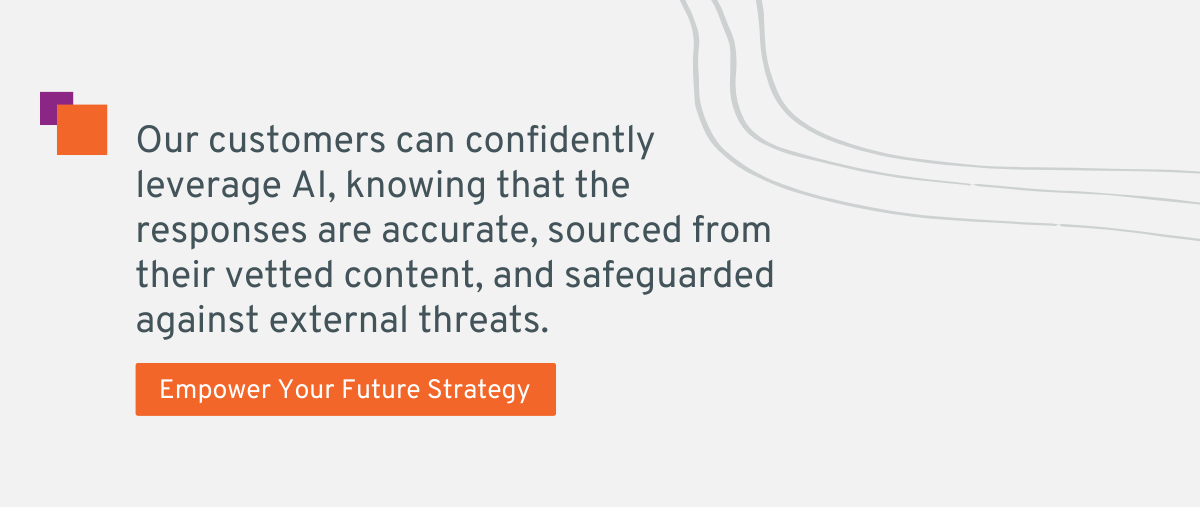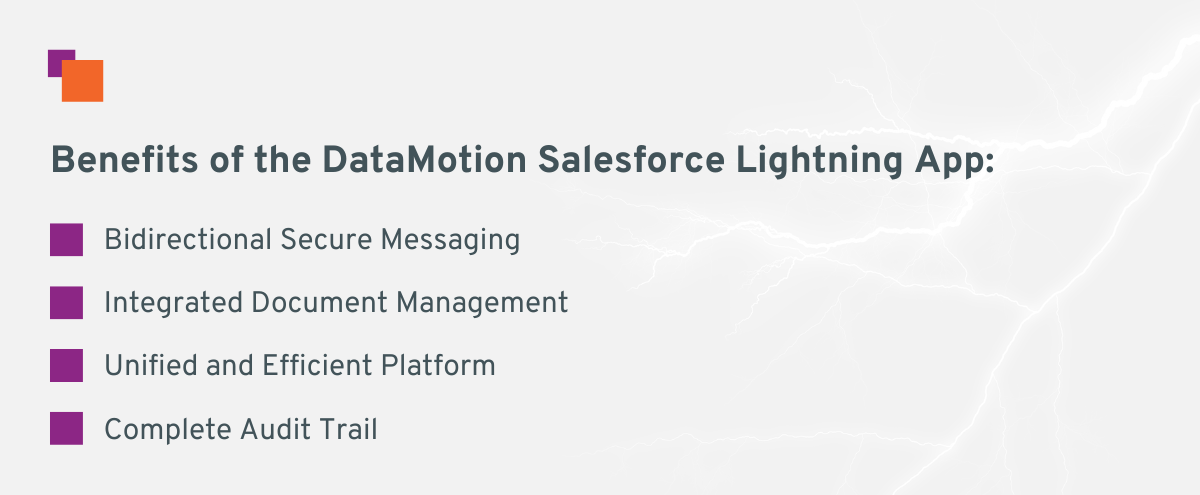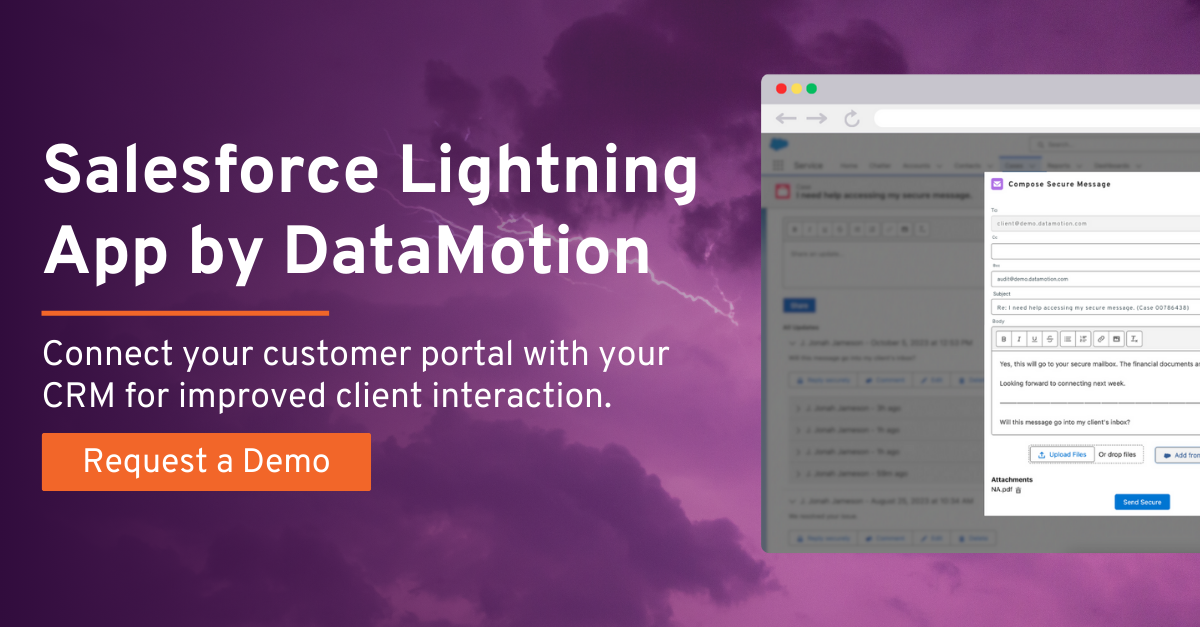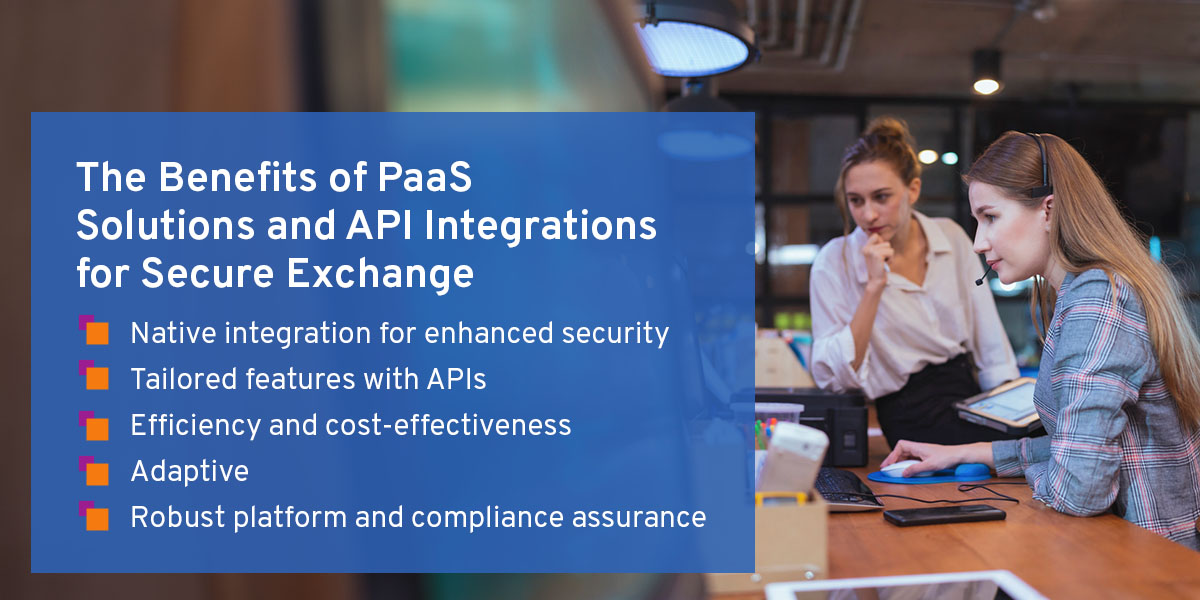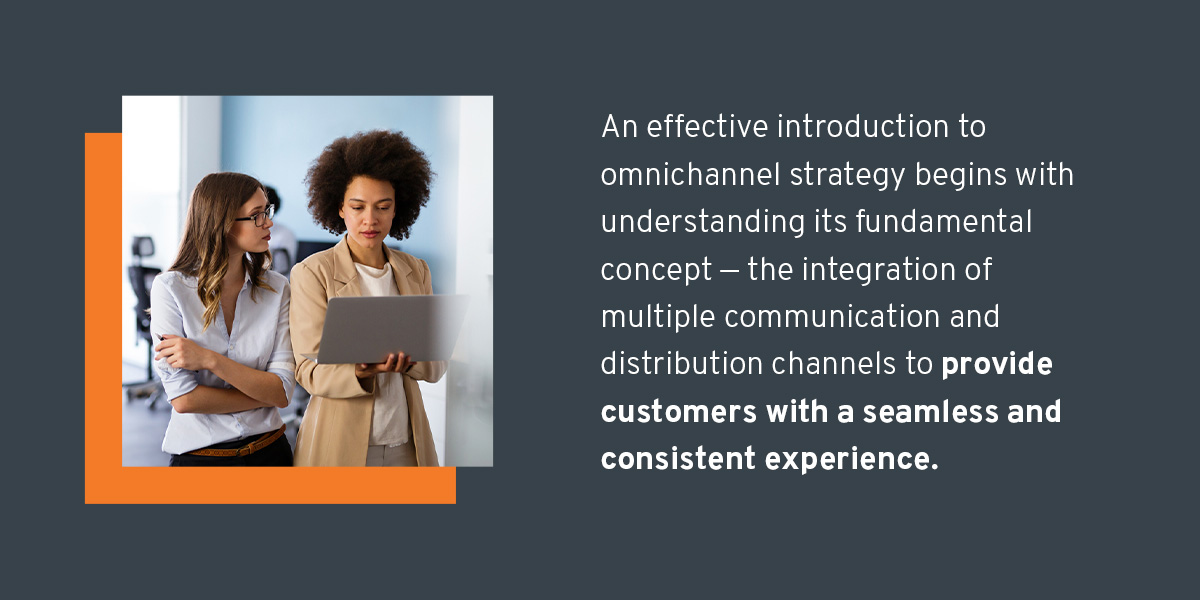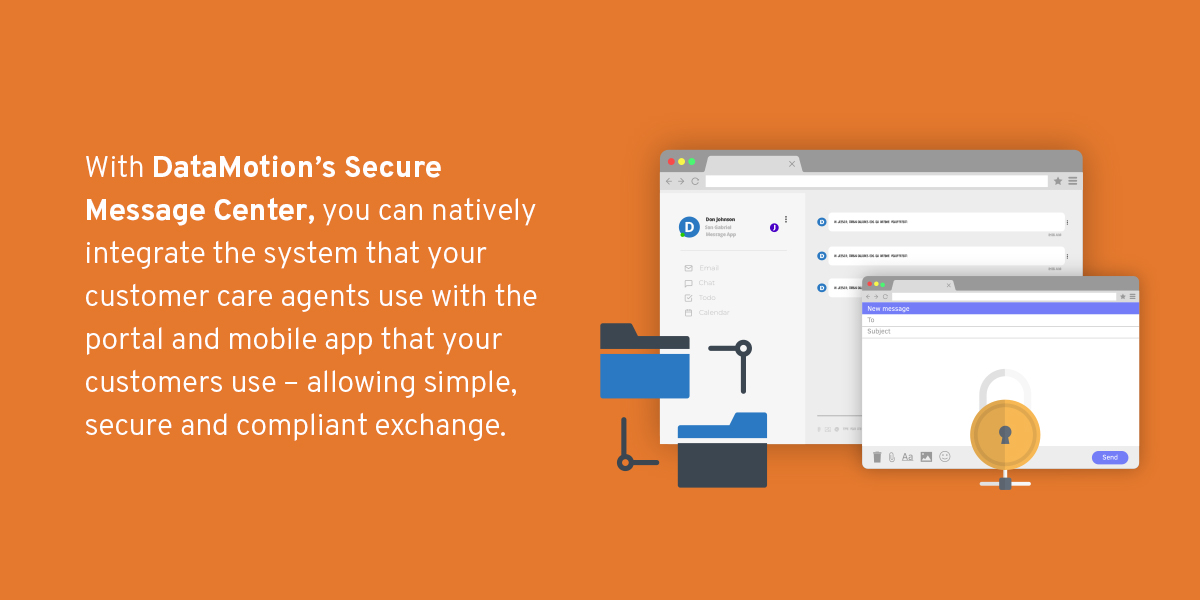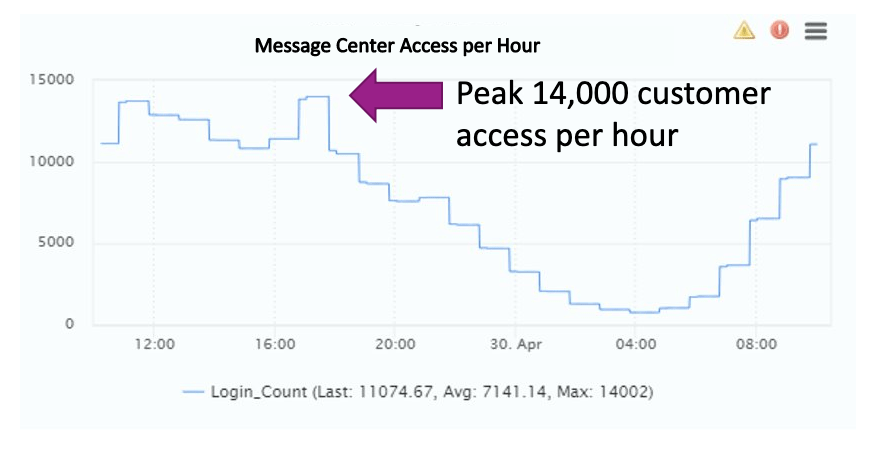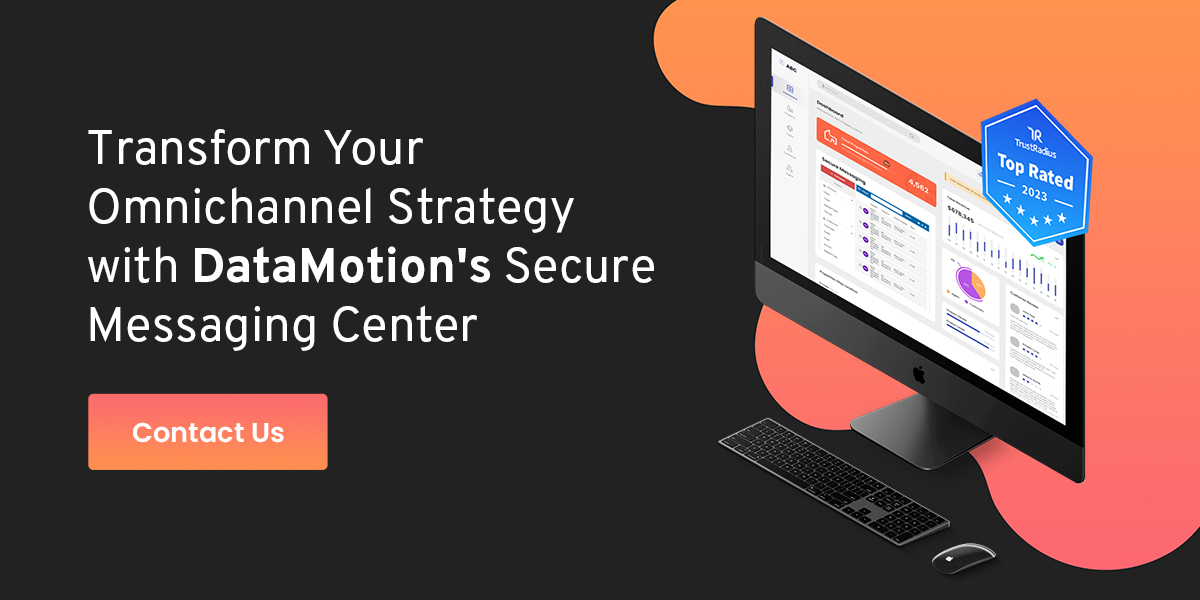AI Strategy: DataMotion’s Roadmap Q4 and Beyond
DataMotion Product Update: November 22, 2023
As the VP of Product at DataMotion, I understand the wild ride that is Q4 and the close of another year – especially for those involved in product development and strategic planning. With three quarters down, we often see roadmaps shift, customer requests accumulate, and new customers join as we launch products and phase out others. Meanwhile, end-of-year development is in full swing, and KPIs are under close review.
But it’s also the most crucial quarter. In Q4, team leads must prioritize, budget, and align their teams to deliver maximum value to end-users, enterprise customers, and stakeholders. These three busy months lay the groundwork for success in the coming year.
Throughout the chaos of this busy quarter, DataMotion remains committed to enabling a seamless and reliable Secure Digital Engagement Platform for all. Our product development team continues to meet our customers’ current needs while proactively anticipating their future demands. This ongoing customer-centric focus is the basis of our roadmap for Q4 and into what we’re sure will be a transformative year for Team DataMotion.

The Future of AI-Powered LLMs and Enterprise Content Security
A significant focus on our roadmap is empowering customers with the next digital revolution: artificial intelligence (AI) and large language models (LLMs). In 2023, our product and R&D teams extensively explored this, and our vision is becoming a reality as we close the year and prepare for 2024.
However, as enterprises start to embrace AI, they face significant challenges in securing enterprise content and managing AI responses. CIOs and innovation teams are deeply involved in creating strategies to mitigate these risks. Yet, there’s a parallel narrative emerging at the operational level. Frontline workers are incorporating LLMs like Bard, Bing Chat, and ChatGPT into their workflows. They’re tapping into these tools for efficiency gains and expansive knowledge bases, often without full awareness of the potential risks of misinformation and data security vulnerabilities. This emphasizes the need for a balanced approach encompassing technological advancement and stringent security protocols.
Industry Examples and Seamless Integration
Optimizing 24/7 Support: AI-Driven Chatbots in Financial Services
The financial sector is a prime example of LLMs’ transformative power. Fraud detection has become more sophisticated with AI’s ability to analyze and flag unusual transaction patterns. Risk management has evolved, with financial institutions developing more resilient investment strategies and customer service models that employ AI-driven chatbots for 24/7 support, reflecting AI’s integration into daily operations.
Empowering Patient Care: LLMs and Drug Discovery in Healthcare
In healthcare, LLMs like Google’s Med-PaLM 2 are making significant strides. They deliver precise responses to complex medical queries and streamline clinical documentation. These advancements are not just about efficiency—they’re about enhancing the quality of patient care by supporting drug discovery efforts through efficient analysis of scientific literature for potential treatments.
Navigating Challenges with Proactive Solutions
Acknowledging the trend of frontline AI integration, DataMotion is focused on providing solutions that safeguard against the risks associated with LLMs. We are developing systems that ensure content security and controlled AI interactions, addressing the separation between the speed of AI adoption and the need for robust governance.
We understand the necessity of a trustworthy AI system. As such, DataMotion’s innovative solutions are designed to maintain the integrity and security of enterprise content while harnessing the capabilities of LLMs. Our customers can confidently leverage AI, knowing that the responses are accurate, sourced from their vetted content, and safeguarded against external threats.
As we continue to innovate and address these challenges, we invite you to subscribe to our monthly newsletter and follow us on LinkedIn, Twitter, and Facebook for further developments and updates on the DataMotion roadmap.
Want to chat about how DataMotion can guide your strategy from Q4 and beyond? Request a demo with our team of experts.
Learn more about our AI solution, JenAI Assist™, on our new microsite at ai.datamotion.com.



